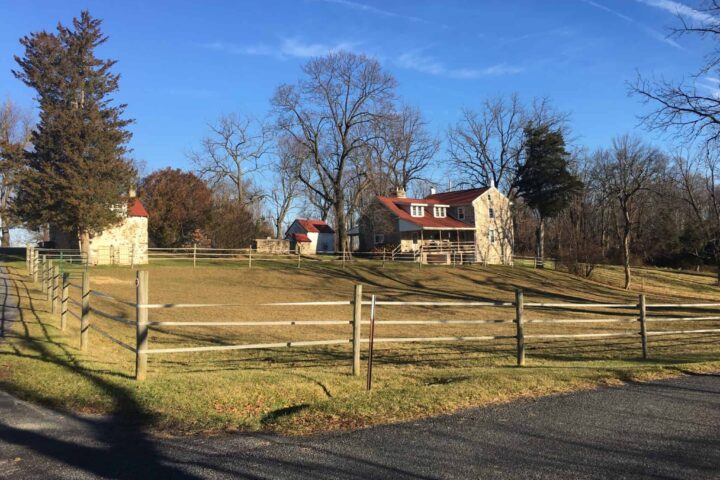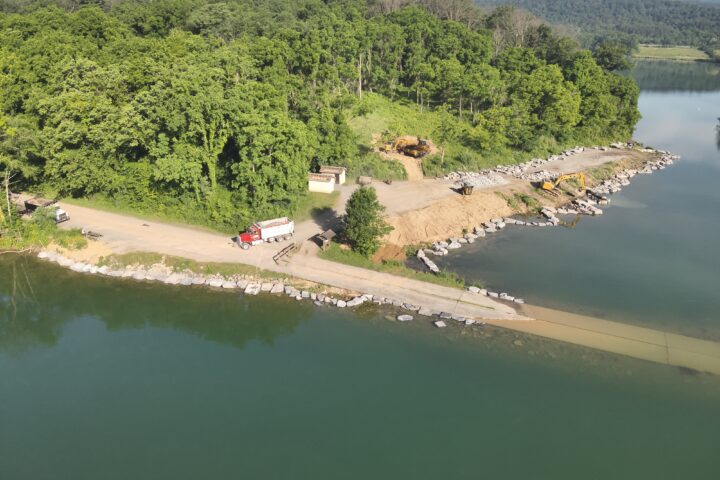After 15 months of negotiation and discussion, Chestnut Hill Conservancy has finalized a preservation easement with Main Street Development Company on the property at 30 W. Chestnut Hill Avenue.
Now, instead of five new townhomes on a cleared 1/3-acre site, this historic home will be renovated and a new twin will be constructed on its subdivided backyard.
A groundswell of community opposition followed the January 2016 proposed demolition of the home and the removal of its trees. The 1887 Queen Anne-style residence is one of the few remaining buildings designed by the celebrated Philadelphia architect Theophilus Parsons Chandler, and is considered a significant historic resource in the Chestnut Hill National Register Historic District. Since National Register designation offers recognition but no protection from demolition, the Conservancy worked with neighbors and Glenn Falso, Jr. of Main Street Development to negotiate an alternative to his by-right teardown redevelopment.
As the Conservancy worked with Falso (pictured) to craft the preservation, a group of hardworking neighbors coalesced to support hat effort and to focus attention on the proposed new construction. That construction has now begun, and the restoration to the historic residence will take place over the next six months. “I am excited to be moving forward on this project, and look forward to welcoming new neighbors in our beautiful new and rehabbed homes here,” said Falso.




